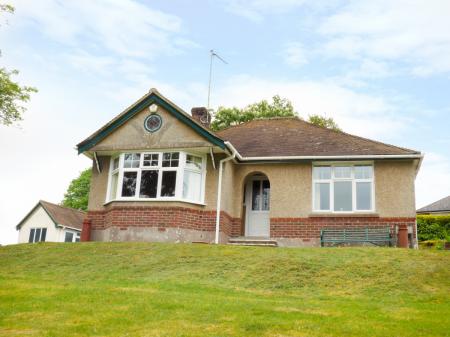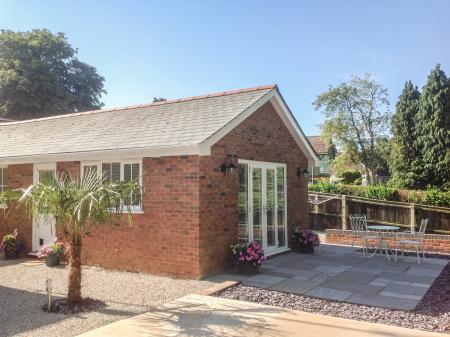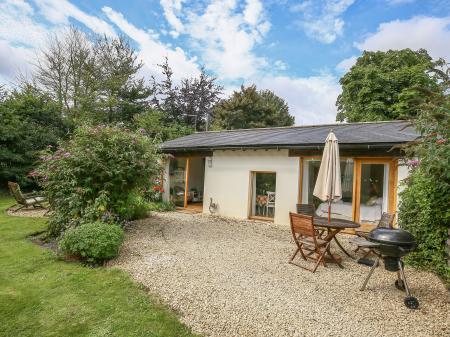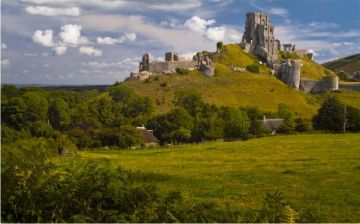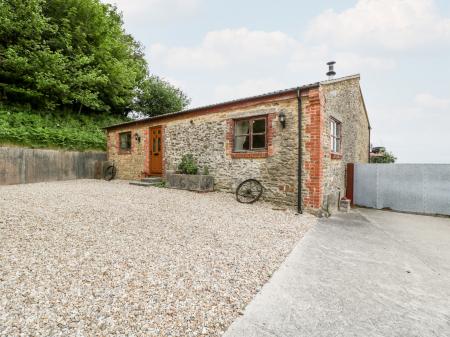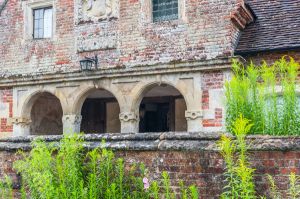
The village takes its name from the Old English words 'winn' and 'burna', for a stream running through a meadow.
The 'village of St Giles' was recorded in the Domesday Book of 1086, so we can assume that its roots go back much further into Saxon times. The neighbouring village of All Hallows held the parish church, while St Giles had a small chapel of ease. The village itself is a fairly recent invention, however, dating to 1733 when the 1st Earl of Shaftesbury asked that the parishes of St Giles and neighbouring All Hallows be merged into one.
In exchange for having his wish granted, the Earl offered the king a living of his choice. The king accepted, and the two parishes became one. All Hallows church was torn down, and a new church in Georgian neo-classical style built near the Earls new home of St Giles House.
St Giles Church
The church of St Giles was built in 1732 and is an excellent model of Georgian architecture. In the interior are numerous memorials to members of the Shaftesbury family. One memorial is to Sir Anthony Ashley (d. 1628) who served as Secretary for War under Elizabeth I and is credited with introducing the cabbage into England. Whether that's to his credit or shame is a matter for your own culinary discretion!
St Giles House
Nearby is the Shaftesbury home of St Giles House, begun by the volatile and brilliant Anthony Ashley-Cooper, first Earl of Shaftesbury. a fascinating character, Ashley-Cooper fought both for and against the crown during the Civil War, then helped restore Charles II to the throne. He supported the Duke of Monmouth's bid for the throne, was sent to the Tower of London on a charge of high treason, and died in exile abroad.
Before his unfortunate end, Ashley-Cooper built the core of St Giles House, beginning in 1650, incorporating the earlier medieval Ashley Manor. The house as you see it today is a mix of Jacobean and Georgian style, an elegant three-storey block with classical decoration.
Near the long village green is a row of almshouses built in 1624. In the midst of the village - and the estate - is the Bull Inn, a traditional pub. Less than a mile away is Knowlton church, set within a prehistoric earthwork.
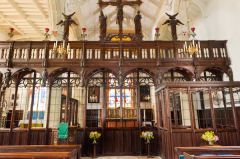
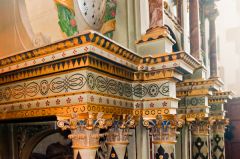
 We've 'tagged' this attraction information to help you find related historic attractions and learn more about major time periods mentioned.
We've 'tagged' this attraction information to help you find related historic attractions and learn more about major time periods mentioned.